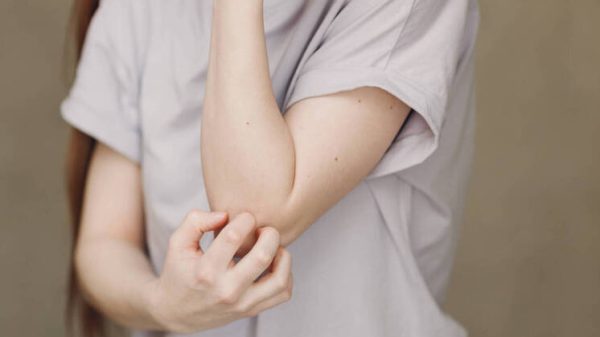Babies and young children have been forgotten and failed in England’s pandemic response, health visitors have said.
The annual survey by the Institute of Health Visiting found that 61% of health visitors in England reported an increase in cases of child neglect. Four out of five reported a rise in domestic violence and abuse, and perinatal mental illness.
The institute said the findings laid bare the damage the pandemic had done to families, with the youngest and most vulnerable suffering most.
Alison Morton, deputy executive director, said the coronavirus vaccine had brought a glimmer of light at the end of the tunnel, but that babies and young children could not wait.
“Babies and young children were largely invisible in the first wave of the government’s emergency plans,’ she said. “With a growing body of evidence, we now know that many children are being harmed by the secondary impact of the pandemic and we cannot knowingly overlook their needs again, as we live with the virus for the foreseeable future.
“Failing to effectively address their needs will only store up significant problems for the future.”
The institute said despite evidence that the first 1,001 days are the most crucial period of human development, babies and young children had been largely forgotten by policymakers as the government focused more on treating infected patients, mostly adults.
Covid-19 had affected babies and young children in disadvantaged families disproportionately as a result of factors such as overcrowded housing with lack of outdoor space, the impact of poverty and parental stress and anxiety, it said.
The institute also said cuts in public health budgets meant health visiting was already in a “depleted state” before the pandemic, with a 31% reduction in health visitors since 2015.
This left many services “ill-prepared to meet the rapidly rising levels of need” since the early weeks of the first lockdown and many vulnerable babies and young children without the support that they needed, it said.
The survey also found that 65% of health visitors had caseloads of more than 300 children under five, 29% had caseloads of more than 500and 12% caseloads of more than 700. One health visitor reported a caseload of 3,000 children.
The institute said the optimum maximum caseload for effective practice was 250 children, and fewer in areas of high vulnerability.
It said it was vital that a long-term plan be put in place to protect the health visiting workforce to ensure the crucial services they provided were not at risk from future policy changes.

















































Свежие комментарии